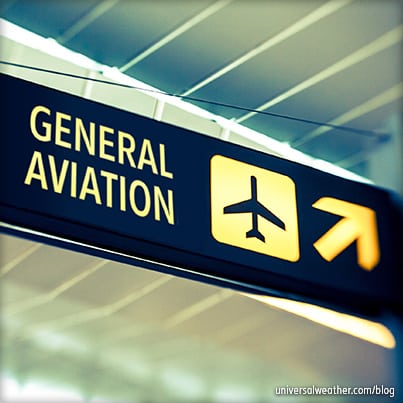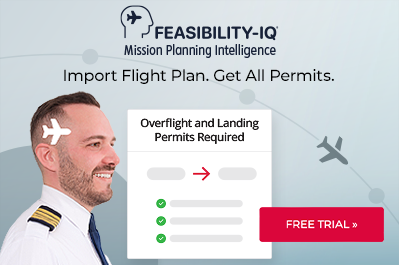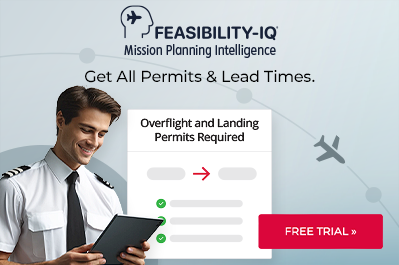Airport Operations and CIQ Considerations for Singapore


This is a post by author Yvonne Chan. Yvonne is Managing Director for Universal Aviation Singapore, which has an aircraft ground-handling facility in Seletar. Yvonne is an expert on business aircraft operations in Singapore and can be contacted at yvonnechan@universalaviation.aero.
This business aviation blog post is part of a series on operating in Singapore.
Operations to Singapore will always go more smoothly with advance preparation and knowledge of airport procedures and CIQ considerations. Your 3rd-party provider or local ground handler can advise on particular restrictions and best practices when operating to Singapore’s two general aviation (GA) airports.
1. Know where airports are located
Changi (WSSS) is located to the east of the central business district (CBD), while Seletar (WSSL) is located to the north. Average drive time is about 30 minutes for either airport, but during peak traffic periods, the driving time will be between 45-60 minutes. WSSS has very good taxi and public transit options, like the MRT train to the CBD, while WSSL is more challenging, unless you have pre-paid transport arranged.
2. Avoid peak times of airport activity
WSSS is the primary commercial airport in Singapore and airline activity takes priority over business aviation aircraft. However, WSSL is a GA airfield with very little scheduled commercial activity. While there are no operating curfews at either WSSS or WSSL, operators should avoid times of peak commercial airline activity at WSSS.
For this reason, aircraft operators are advised to schedule their flights outside of the WSSS airport peak hours:
- Arrival peak hours:
- 0305 to 0400 UTC (1105 to 1200 local) – GA arrivals are banned
- 0805 to 1000 UTC (1605 to 1800 local) – GA arrivals are banned
- 1305 to 1500 UTC (2105 to 2300 local) – GA arrivals are banned
- Departure peak hours:
- 2205 to 0300 UTC (0605 to 1100 local) – GA departures are banned
- 1205 to 1400 UTC (2005 to 2200 local) – GA departures are banned
3. Be aware of noise restrictions
All stage 2 aircraft are banned from operating to Singapore. Stage 2 aircraft equipped with hush kits require a certificate stating that the aircraft meets noise standards of ICAO annex 16, volume 1, chapter 3, or equivalent.
4. Know your needs for extended stays in Singapore
While there is usually no issue in terms of extended aircraft parking in Singapore, parking availability should always be verified with your ground handler or 3rd-party provider in advance. At WSSL, aircraft are moved to a remote parking areas referred to as the “compact parking area” for extended stays. Your aircraft will not be relocated on the field without notice. While approval must be obtained from the captain to move an aircraft, the crew does not need to be present if brakes are off. Condition of airport tarmac, taxiways and runways is good at both airports. No hangar space is available at WSSS, and hangar accommodation is very limited at WSSL (with prior arrangement).
5. Know procedures for engine start up and departure
All engine start-ups must be approved by air traffic control. At WSSS, aircraft must be pushed back for departure, and a tow bar is required for this. At WSSL, some aircraft may depart on their own power depending on the parking area, while others have to be pushed back.
6. Consider certain items when planning a tech stop
For tech stops, jet fuel must be arranged in advance. For WSSS, schedule your jet fuel uplift the day before arrival, and be aware that timely fueling may be difficult during peak airline hours. At WSSL, 24 hours’ notice is preferred, but shorter-notice fuel uplifts are possible. If jet fuel is requested after landing at WSSL, there may be delays of one to two hours. Also, for tech stops (with no crew/passengers arriving or departing), no customs clearance is necessary.
7. Understand procedures for clearing customs
In Singapore, customs clearance onboard the aircraft is not available. At WSSS, all passengers must clear at the Commercially Important Persons (CIP) terminal (also known as the general aviation terminal), and the cost is approximately 1,400 Singapore dollars for nine passengers or less. Please note that the CIP terminal is located at the end of terminal 2 but has its own private entrance located at F59. Crew have the option of clearing at either the GA terminal for approximately 290 Singapore dollars per use, or the main terminal, where there is no charge. At WSSL, passengers and crew clear at the main terminal. Clearance time at WSSS is about 10 minutes for five passengers, but 20 passengers may take about 30 minutes. WSSS also has a VIP terminal, but this is restricted to official diplomatic flights. WSSL will clear five passengers in about 10 minutes, and customs should always be notified when more than five passengers are clearing, as they will have to ensure more customs agents are available for the clearance. Customs fees for either airport are included in airport fees and can be settled via ground handler credit.
8. Have required documents ready
All passengers and crew must have valid passports with at least six months’ remaining validity. Visas may be required depending upon nationality and cannot be obtained on arrival. Always confirm visa requirements with your 3rd-party provider. Immigration arrival forms are required for passengers and crew, and these forms can be filled out in advance by your ground handler (but will have to be signed upon arrival).
Please also note that, as of September 15th, 2008, Singapore Immigration and Checkpoints authority implemented a regulation requiring all crew arriving on private non-revenue flights to clear customs, immigration, and quarantine as ‘passengers.’ This means that crew on these flights are subject to the same visa requirements as passengers when applicable. Your ground handler may be able to assist in obtaining a visa at the destination (for crew only) depending on the nationalities, but this may take three to six days to obtain.
The only exemption to the above crew visa requirement applies to charter flight crew. Crew who operate to Singapore for employment on a charter flight carrying passengers or cargo are exempt from obtaining a visa to enter Singapore for up to 30 days. If the stay exceeds 30 days, a formal letter of request and a passport must be furnished to apply for a longer stay. Also, charter crew are exempt from submitting an embarkation form to immigrations when departing the country.
9. Understand agricultural restrictions and prohibited items
Always check the prohibited items list for what is permissible to bring into the country (available on the Customs Guide for Travelers site).
Certain foods and catering items cannot be offloaded in Singapore. A list of restrictions can be found on the Agri-Food Veterinary Authority of Singapore site.
10. Additional Reading
Conclusion
Singapore is a welcoming environment for corporate operators, with full services and very professional handling available. Always plan on providing notification at least 24 hours in advance when requesting ground handling, jet fuel, or 3rd-party services in Singapore to ensure you don’t experience delays.
Questions?
If you have any questions about this article, contact me at yvonnechan@universalaviation.aero.
Later we’ll discuss ground handling considerations for Singapore and their impact on your trip.




